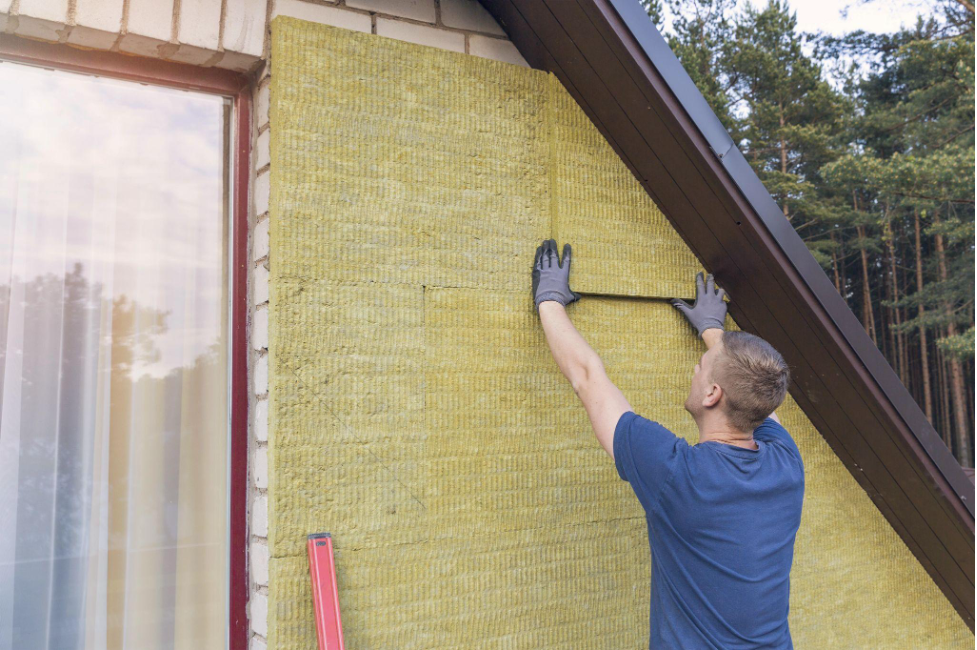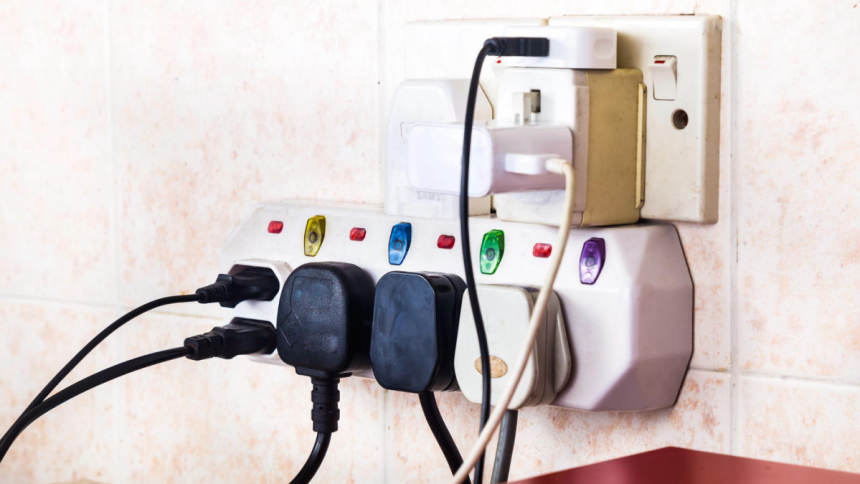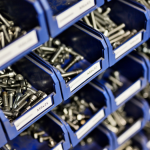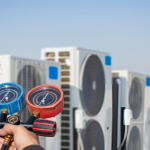Energy efficiency has steadily emerged as a keystone in the conservation of our planet’s finite resources. It is also a key determiner in the way we manage our household budgets. Given the rise in energy costs and the awareness of the finite nature of natural resources, the importance of home energy efficiency has never been greater. One strategy for home-owners to understand their home’s energy use, and therefore potentially lessen it, is by conducting a DIY home energy audit. Within Australian homes, and in fact homes around the world, there are common energy drains just waiting to be identified and attended to. This guide seeks to understand these energy zappers, with an intent to reduce energy costs and environmental impact.
Understanding Your Home’s Energy Use
Every home has a unique rhythm, with different routines, family size, lifestyle preferences, and schedule variations. All these elements contribute towards the way energy is utilised, leading to distinct consumption patterns. Certain appliances and systems within our homes particularly stand out for their higher energy use. HVAC systems (Heating, Ventilation, and Air Conditioning), water heaters, refrigerators, washing machines, dishwashers, entertainment systems and lighting, for instance, consume more energy than others.
Monitoring your energy bills over a period of time provides you with information about your typical electricity bill factors. For instance, high energy use in winter might be due to the excessive use of electric heaters or the trend of hot water usage could indicate inefficient water heating system. Monitoring gives you the quantitative information required to better manage your energy use and make any necessary adjustments.
Luckily, technological advancements have given us tools and apps to aid in this regard. These allow you to monitor energy consumption in real-time, set energy-saving preferences and even receive alerts and reports about unusual energy consumption patterns.
How to Conduct a DIY Home Energy Audit
A DIY Home Energy Audit is like conducting a physical examination of your home, where you systematically investigate the various elements that might contribute towards energy inefficiency.
1. Inspecting Insulation and Sealing Leaks: Much of a home’s heating or cooling energy can be lost due to poor insulation and cracks that allow air leakage. Begin your audit by checking the insulation in your home, particularly in the attic and walls. Compare your insulation level to guidelines provided for homes in your area. Insulation thickness will depend on the material used, so it’s not just about the depth of the insulation. During inspection, you typically also check for moisture, which could compromise the effectiveness of your insulation.
Sealing leaks is another energy-saving measure you can institute. Check for any drafts around windows, doors, vents, recessed lights, plumbing fixtures and electric outlets. Small gaps and cracks may seem insignificant but they add up, resulting in unnecessary energy loss. For instance, caulking and weatherstripping windows and doors can significantly improve your home’s energy efficiency by preventing drafts.
2. Evaluating Heating and Cooling Systems: Among the biggest energy consumers in a house are the HVAC units. Regular maintenance of these systems is crucial to ensure that they are functioning efficiently. Your home heating and cooling evaluation should include cleaning or replacing air filters, inspecting furnace ducts for leaks, obstructions and dust buildup, examining your fireplace for leaks or airflow issues, and checking that the radiator and water heaters are adequately insulated.
3. Checking Windows and Doors for Drafts: Ineffective sealing of windows and doors can also contribute to potential energy leakage. Issues like damaged seals or gaps can allow outside air to seep in, forcing your heating and cooling system to work harder. Therefore, check all exterior doors and windows for drafts and consider installing weatherstripping or door sweeps where necessary. Using caulking or foam seals to seal gaps around window and door frames can help maintain a constant indoor temperature, reducing the need for excessive heating or cooling.
Identifying and Fixing Common Energy Drains
Energy drains within a home are often unsuspecting appliances or practices that sap energy quietly and insidiously. Here’s how you can tackle them:
1. Lighting: Energy consumed by lighting can account for around 10-15% of your power bill. The simplest way to save energy here is to replace incandescent bulbs with more efficient alternatives like LED or CFL bulbs. While these are slightly more expensive initially, they offer significant energy savings over their lifespan. Another tip is to use task lighting, illuminating only the areas where you’re working, instead of lighting up an entire room.
2. Appliances: Large appliances like washing machines, dryers and fridges are notorious energy drains. Switching to appliances that come with better energy efficiency ratings can help reduce their energy-draining effects. Even smaller appliances and gadgets can continue to use power in their standby mode, a phenomenon termed ‘phantom load’. Unplugging these gadgets, or using a power strip with switches, can help you control this form of energy leakage.
3. HVAC Systems: Your HVAC system can cost you substantially if not tended to. Regular maintenance checks, cleaning or replacing filters and ensuring ducts are properly sealed can all contribute towards running your HVAC system optimally.
4. Water Heaters: Traditional water heaters keep large volumes of water constantly heated, which can use up significant amounts of energy. More efficient alternatives like tankless or on-demand water heaters heat water only when you need it, resulting in considerable energy savings.
Cost-Effective Energy-Saving Solutions
Here, we’ll look at some cost-effective solutions to address energy inefficiency within your home. Solutions that are friendly on your pocket as well as on the environment.
1. Insulation Improvements: Improving insulation in your home is a cost-effective way of reducing energy consumption by maintaining optimal indoor temperatures. Even simple actions such as sealing holes, gaps or cracks can make a difference by preventing outdoor air from infiltrating your home. For more significant improvements, consider upgrading to high-quality insulation materials.
2. Smart Thermostats: A smart thermostat can optimise your energy usage by learning your preferred temperature settings and routine, then adjusting your heating and cooling accordingly. These clever devices can sense when you’ve left your home and adjust to an energy-saving setting. Some models even allow you to control them remotely via a mobile app.
3. Window Treatments: It might surprise you, but your choice of window treatments can have a sizable effect on your energy efficiency. Curtains, shades or blinds can offer additional insulation, reducing heat loss in winter and heat gain in summer. Look for thermal curtains or honeycomb blinds, designed specifically to enhance insulation.
4. Weather-Stripping and Caulking: Sealing gaps around windows and doors with weather-stripping or caulking is a potent and economical way of conserving energy. These materials last for several years and can be easily installed with a few simple tools.

Long-Term Strategies for Energy Efficiency
While immediate fixes are important, having a long-term plan in place is key to sustainable energy conservation.
1. Investing in Renewable Energy Sources: Although the upfront cost might seem high, investing in renewable energy sources like solar panels can provide substantial long-term savings. Moreover, this shift could help you become power independent and even sell excess power back to the grid, depending on your location.
2. Home Energy Management Systems: A home energy management system monitors and controls energy usage on a macro level: lighting, heating, cooling, security, and more. This smart technology enables customers to reduce energy consumption, providing real-time data, thus making it easier to manage power use.
3. Regular Maintenance Schedules: Regular maintenance of your HVAC, water heating, and electrical systems helps optimise their performance, resulting in significant energy savings. Semi-annual or annual servicing is recommended for most systems.
4. Educating Household Members: Finally, change starts with education. Informing your household members about the importance of energy conservation and sharing tips and tricks on how to go about it is crucial to ensure that all your efforts do not go in vain.
Conclusion
A DIY home energy audit is a practical way to understand where your energy goes and how it might be better managed. Identifying and addressing common energy drains eliminates wasteful consumption, leading to lowered energy bills and lesser environmental impact. Regular assessment and maintenance, coupled with adopting cost-effective and long-term energy-saving measures, builds an environment of mindfulness towards energy usage. After all, every effort towards reducing energy consumption, big or small, is a step towards a healthier planet.
Lynn Martelli is an editor at Readability. She received her MFA in Creative Writing from Antioch University and has worked as an editor for over 10 years. Lynn has edited a wide variety of books, including fiction, non-fiction, memoirs, and more. In her free time, Lynn enjoys reading, writing, and spending time with her family and friends.















